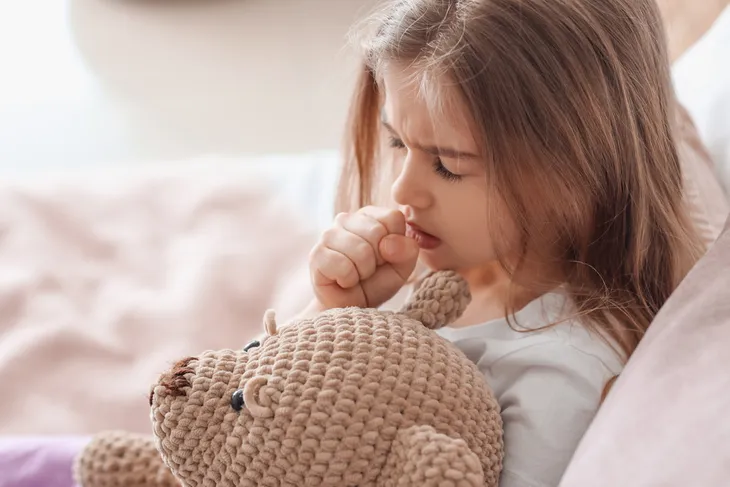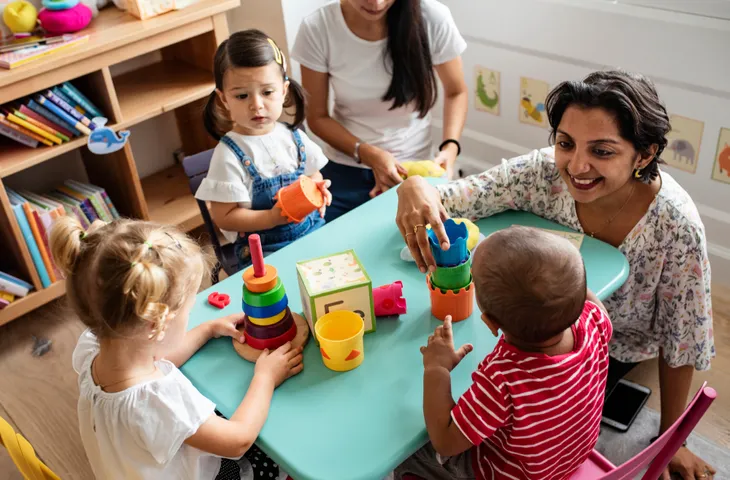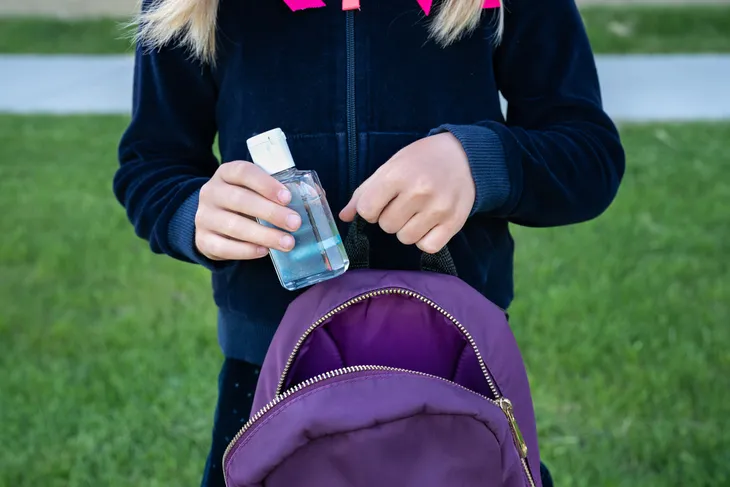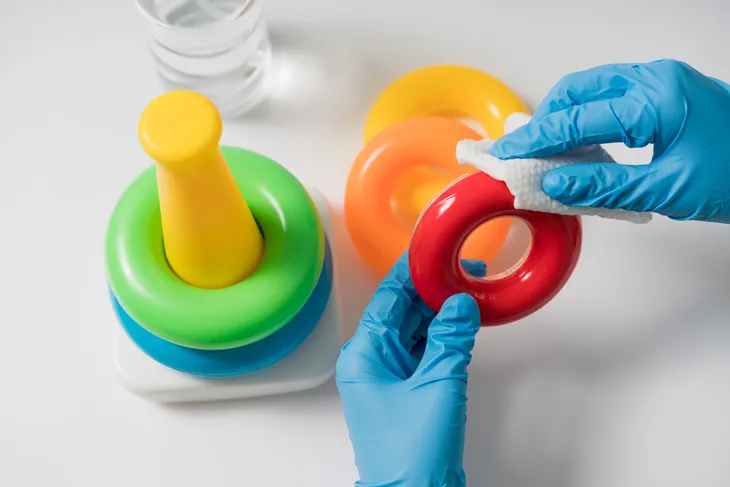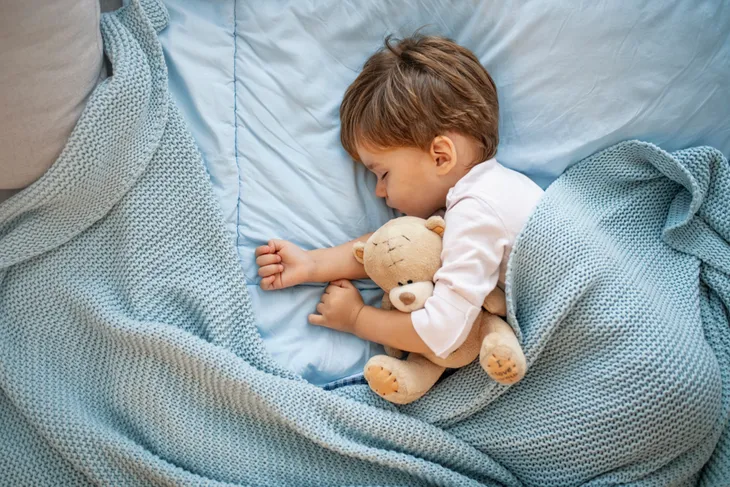- Hand, foot, and mouth disease is very common, especially among younger children.
- It can spread easily in a variety of ways, such as through person-to-person contact and touching infected surfaces.
- Luckily there are simple and effective ways to help prevent the spread of the disease.
Hand, foot, and mouth disease is a contagious viral infection that’s prevalent among younger children. Though it is typically mild, it isn’t pleasant as it causes sores in the mouth and a rash on the hands and feet. It’s also incredibly contagious.
Luckily, there are steps you can take to prevent the spread of hand, foot, and mouth disease. Follow along as we look at how it spreads, effective ways to prevent the disease, and what to do if your child gets it.
How Does Hand, Foot, and Mouth Disease Spread?
Before we dive into how to prevent hand, foot, and mouth disease, it’s important to understand how it spreads and it turns out, it can spread easily in a variety of ways. According to the Centers for Disease Control and Prevention (CDC), one way the disease spreads is through respiratory droplets. When an infected person coughs or sneezes they send droplets into the air and if you’re in contact with those droplets, you can become infected.
The disease also spreads through person-to-person contact, meaning it can be transmitted by hugging, kissing, or sharing cups and utensils. It can also be transmitted by touching infected surfaces, and by touching an infected person’s feces, such as changing diapers and then touching your face. The source also says it can spread by swallowing recreational water, such as from swimming pools if the water isn’t properly treated with chlorine.
Is Hand, Foot, and Mouth Disease Common?
Hand, foot, and mouth disease is very common, especially among younger children. It often spreads in daycare centers and schools. While you can get it any time of year, the CDC says it occurs mostly in the summer and fall.
Healthline also points out that it is possible to get hand, foot, and mouth disease more than once. The source explains that since there are several kinds of viruses that cause the disease, it’s possible to get it again, “similar to the way you can catch a cold or the flu more than once.”
Can Adults Get Hand, Foot, and Mouth Disease?
Though hand, foot, and mouth disease is most common in children under 5-years old, older children and adults can get it too. Luckily, it’s not usually serious in adults either.
Symptoms are generally the same as those in children, such as sores in the mouth, itchy rash, fever, and flu-like symptoms. However, it’s also common for adults to not experience any symptoms at all. It’s important to note that asymptomatic adults can still transmit the virus. So if you have an infected child at home, be sure to take all the proper preventative measures to prevent spreading the disease. Let’s take a look at effective ways to prevent hand, foot, and mouth disease next!
Wash Your Hands
One vital step in preventing the spread of germs and viruses (including hand, foot, and mouth disease) is washing your hands regularly and effectively. Not many people realize a quick rinse with soap and water will not suffice.
To effectively wash your hands, you should lather your hands with soap and water for at least 20-seconds. Then thoroughly dry your hands and a clean towel or paper towel. It’s also important to teach children how to wash their hands properly and if they’re really young, they’ll need your help.
Be sure to clean your hands especially after changing diapers, using the toilet, blowing your nose, coughing, or sneezing. You should also always clean your hands before and after food preparation and when caring for someone who is sick.
Use Hand Sanitizer
If soap isn’t accessible, the CDC says the next best thing is hand sanitizer. But not all sanitizers are created equal. The sources suggest looking for an alcohol-based hand sanitizer with at least 60-percent alcohol.
When using hand sanitizer, apply the product to one hand and rub it all over the surfaces of both hands until they are dry. The source also notes that hand sanitizers don’t eliminate all types of germs and they may not be effective when the hands are visibly dirty or greasy. Hand sanitizer shouldn’t be used instead of soap and water as this is the most effective method, but it can help you when you’re in a pinch!
Clean and Disinfect Common Areas
According to the Mayo Clinic, the virus “can live for days on surfaces in common areas.” This includes door knobs, light switches, counters, toys, and more. So with this in mind, another effective way to prevent hand, foot, and mouth disease is to regularly clean and disinfect common areas.
The source suggests cleaning with a diluted solution of chlorine bleach and water but you can also use your favorite disinfectant. Child-care settings should follow a strict schedule of cleaning and disinfecting to prevent spreading the virus to others.
Avoid Touching Your Face
It’s important to teach your children good hygiene. While teaching them to wash their hands is one step, you should also teach them to avoid touching their faces.
You can get infected with hand, foot, and mouth disease if you pick up the virus from an infected surface or person and then touch your nose, eyes, or mouth. Explaining this to your child can help them understand to not put their fingers, hands, toys, or any other objects in their mouths.
Don’t Share Items
Children are taught to share things at a very young age but some things should never be shared, especially when sick. If you or your child have hand, foot, and mouth disease make sure you don’t share food, drinks, and utensils, even with family!
Since the virus can spread through saliva, sharing these items with an infected person can cause you to get sick too. It’s important to teach this to your children and explain why they should never share these types of items.
Avoid Close Contact With Sick People
Since hand, foot, and mouth disease is highly contagious, it’s important for the infected individual to limit their exposure to others, especially while they have active symptoms. It’s also important to avoid hugging and kissing.
If your child has the virus you should keep them out of daycare or school and if you catch the virus it’s also important for you to stay home from work. But for how long? Next, we’ll look at how long the virus is contagious to help you determine when you can go back to work and when your child can go back to school.
How Long is Hand, Foot, and Mouth Disease Contagious?
According to the CDC, hand, foot, and mouth disease is most contagious during the first week. However, the source also notes that it is possible to still spread the virus to others for days or weeks after symptoms go away, or if you’re asymptomatic.
The National Health Service says your child should stay home until all the sores have crusted over and healed (which typically takes about 7-days). Also, make sure their fever is gone and they feel well enough to participate before sending them back, and consult their provider to make sure they’re comfortable if your child returns. The same goes for you if you contract the virus. When you send your child back, don’t forget to emphasize the importance of good overall hygiene.
What to Do If Your Child Has Hand, Foot, and Mouth Disease
If your child gets hand, foot, and mouth disease, the first thing to do is take them out of daycare or school. The CDC says there isn’t a specific treatment for the virus but there are steps you can take to help relieve your child’s symptoms.
For starters, your child may need medication to relieve fever and pain caused by mouth sores but always consult your doctor to find out which medication you should give them. It’s also important to offer plenty of fluids to prevent dehydration but avoid acidic drinks (such as orange juice) as these can cause pain with mouth sores.
When to See a Doctor
The good news is hand, foot, and mouth disease is often not serious and will typically go away on its own within 7- to 10-days. However, you should take your child to the doctor if they have a weakened immune system, or if they’re very young (under 6-months).
You should also see a doctor if your child has severe symptoms or if they have a new or worse fever. Sometimes the sores in the mouth can make it difficult to swallow which can prevent them from drinking enough fluids. Be on the lookout for signs of dehydration, including dry mouth, passing dark urine or less urine than usual, and feeling thirstier than usual. If your child isn’t drinking enough to stay hydrated you should take them to the doctor. Finally, if the symptoms don’t improve after 10-days, see a doctor.

